Figuring out Self Employed Meals Deduction
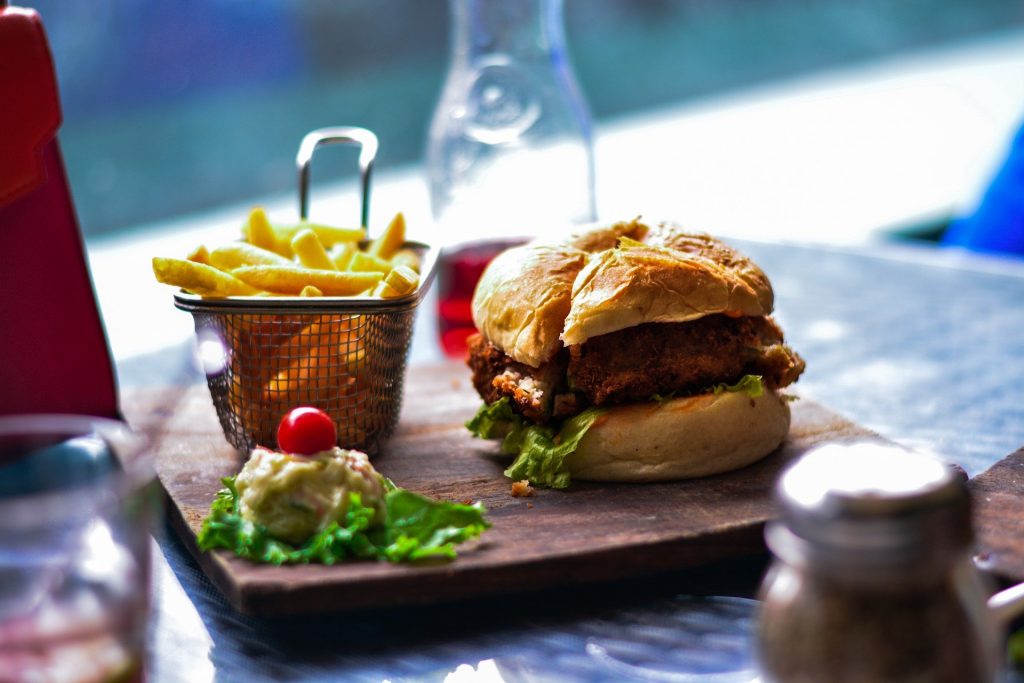
As a tax guy, I I find tax deductions as one of the most exciting part of running a business (I know I’m weird, no need to message me). For this riveting post, we’ll discuss how an Indiepreneur would handle a Meals Deduction.
You have to eat. If you have clients, they have to eat, too. If you can get your client (or potential client) together with you, and you talk business, you can make the government foot some of the food bill.
Sounds good, right?
It is! Just remember that the meals deduction is not as good as advertised.
First, there’s the haircut. I know talking about meals and haircuts in the same sentence is nightmare inducing (SIDE NOTE: I lived in an apartment with a barbershop and a sandwich shop next door, and I could never bring myself to try the food for fear of the hair), but in this case, the term “haircut” is a dumb term that accountants throw around.
It means your meals deduction is limited to 50% of the expense.
I’m sure someone in Congress thought this limitation was perfectly logical. Maybe they only wanted the client’s meal deducted. I don’t know. Washington is an enigma.
In practice, this means that when you fill out your business tax return–like a Schedule C or Form 1120S–you only report HALF of the meals expense as a deduction. Most tax software figures it out for you, but not all.
Meals Deduction Saves Money…But Not Much
Okay, so that’s the haircut, which makes the meals deduction worse. Let’s step through an example to show the bigger issue: actual money saved.
You take a client to a nice steak dinner at Shanahan’s (feel free to take me). You’re cheap, so it ONLY costs you $200.
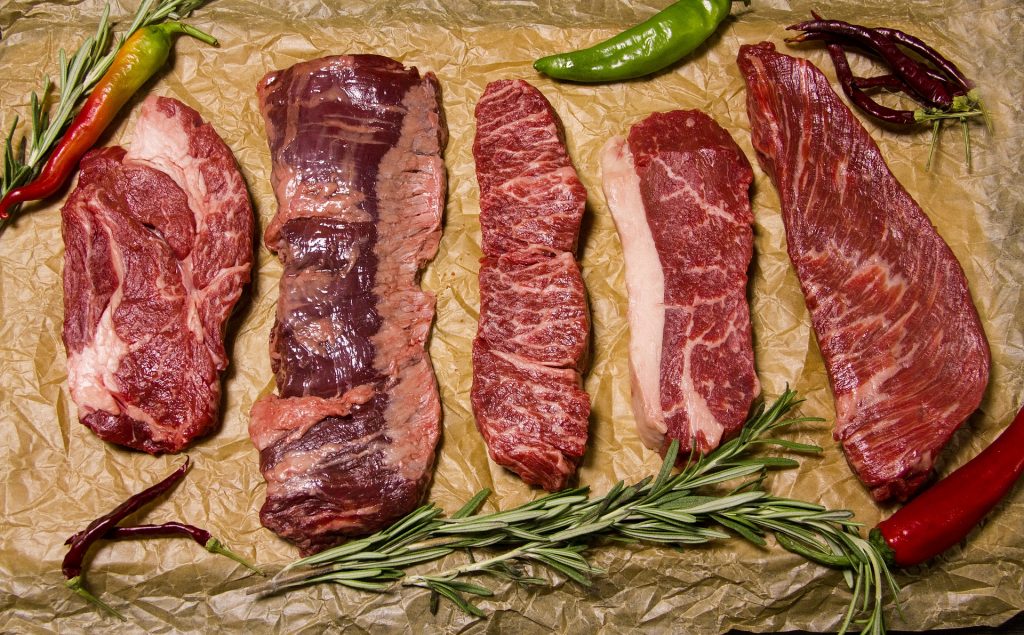
With the haircut, your meal deduction is $100. That’s better than $0, but it still sucks.
That $100 goes on your return, giving you actual cash based on your tax rate.
Best case scenario for the deduction puts you at the top tax bracket. As of writing, that 37% Federal and around 10% if you’re in a high tax place like California. That means 47% of every dollar you make is going to the government.
If that’s you, the $100 meals deduction turns into a $47 reduction on your tax bill. That’s REAL money. It means your $200 steak dinner actually cost $153, a 24% discount on your bill. Not too bad.
But most Indiepreneurs won’t have a 47% tax rate. It’ll be more like 12% – 24% federal, and 5% state.
Going through the math again, using the 12% + 5% = 17%, we end up with $100 x 17% = $17 deduction.
Now you’re looking more like a 9% discount on that steak dinner.
Business Purpose First
I like going through this illustration of a deduction from time to time. I can’t tell you how many times I’ve heard “well, it’s deductible, so I’ll buy it.”
Yes it may be deductible…but that’s not some magic government wand to make it free. You’re getting a reduction, which, depending on your tax rate, may be quite small.
What does this mean for the meals deduction? Or any deduction, really? It means decide from a BUSINESS perspective if taking that client to Shanahan’s is the right move. If it is, let the tax consequences follow.
As an Indiepreneur, you’re probably not taking people out to Shanahan’s. It’s more likely the trips to Starbucks or Panera. If it makes business sense to cover the client’s coffee, you should do it. But if you’re with a friend who is also a client and you COULD cover their bill, don’t let the deciding factor on whipping out the credit card be a small tax deduction.
SIDE NOTE: thanks to the TCJA Trump Tax changes, the meals deduction is SEPARATE from the entertainment deductions. We’ll talk about the entertainment treatment in a later post.

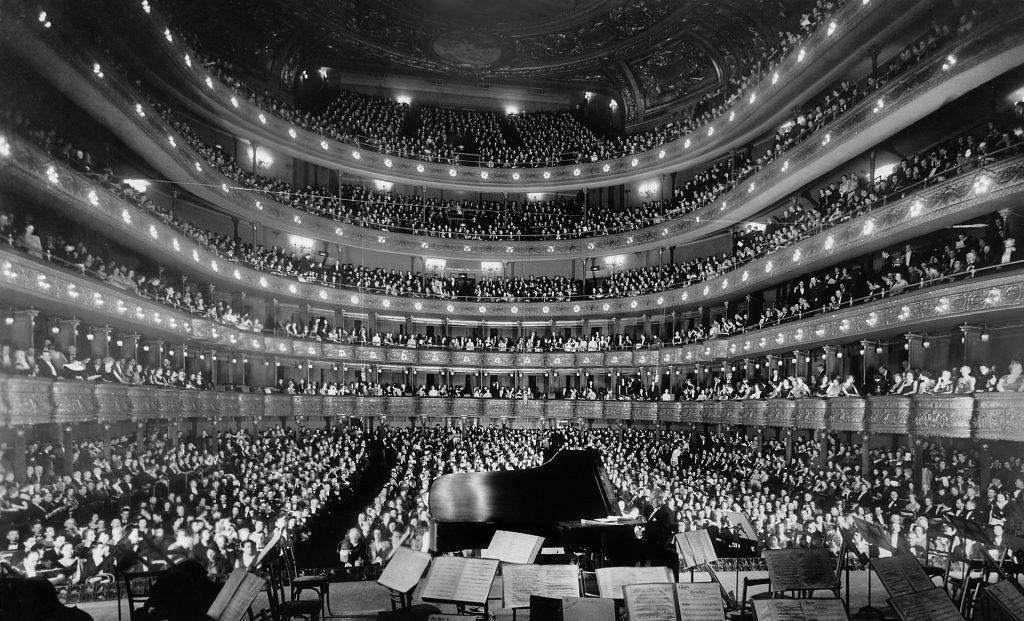
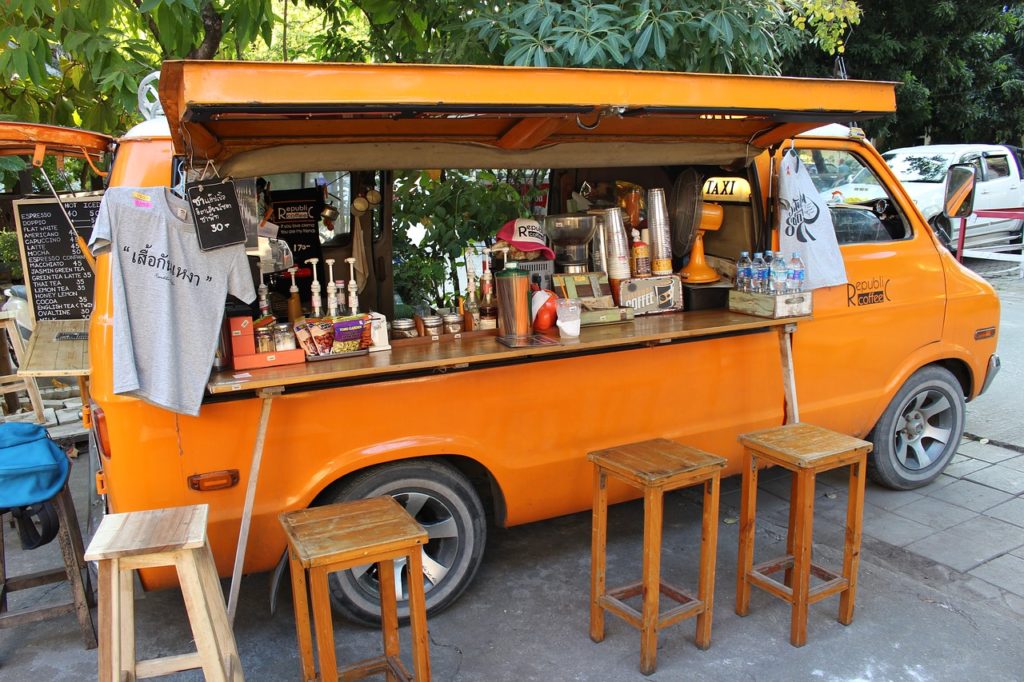
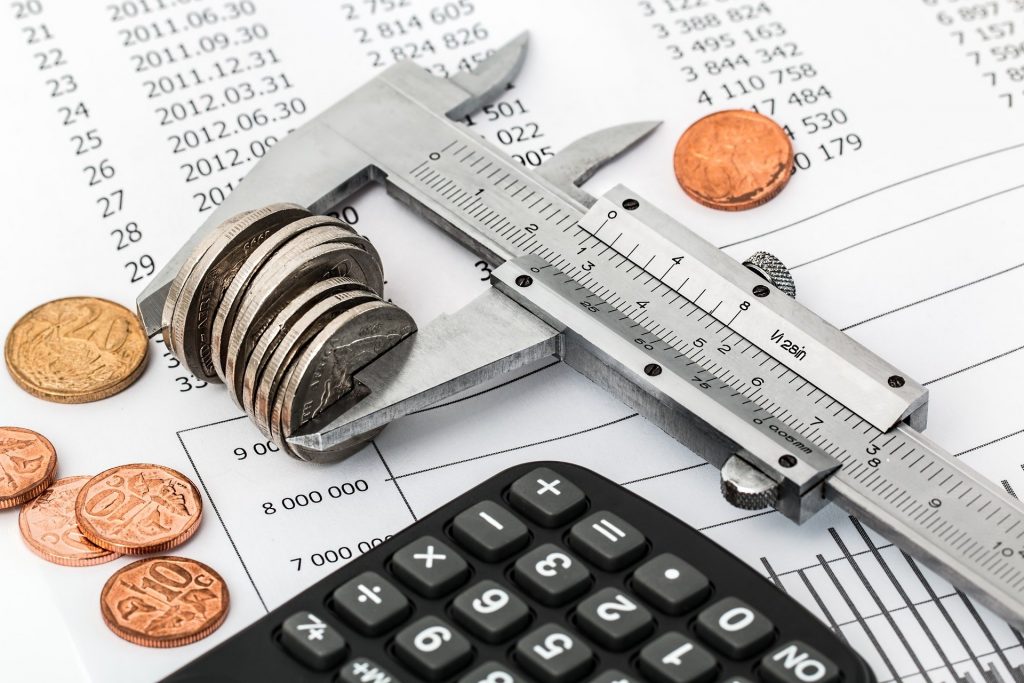
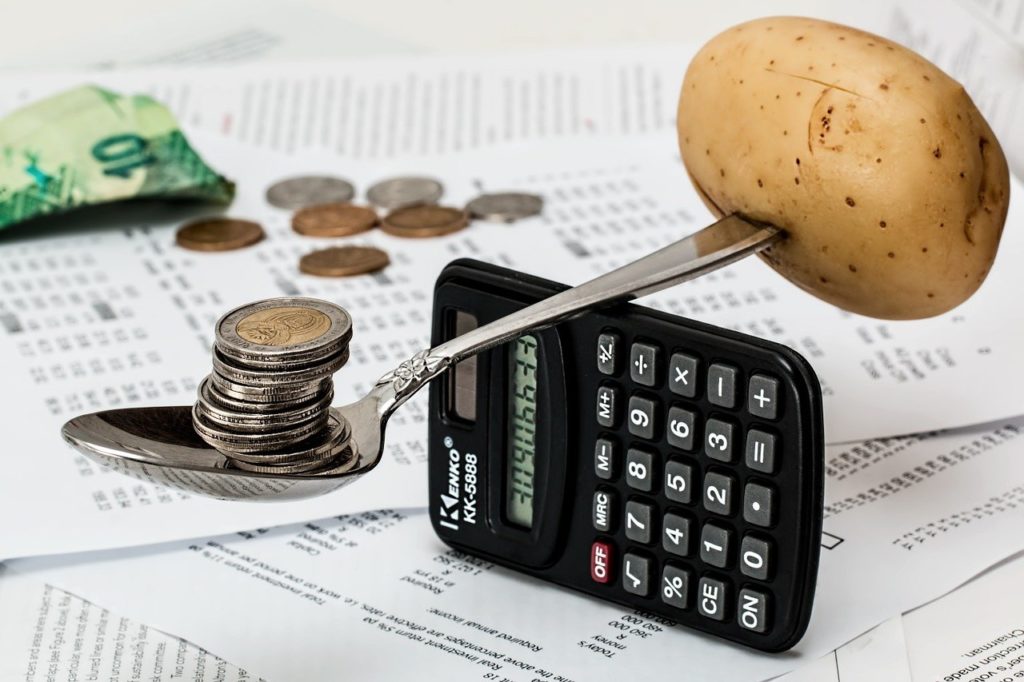

[…] formula makes sense: something you love + something your client loves + 50% Meals & Entertainment tax deduction = a whole lot of love. Assuming, of course, business was […]
[…] talked about this a bit in the Meals deduction post, but let me ratchet up the drama with another example. You see a new sound board. You don’t […]